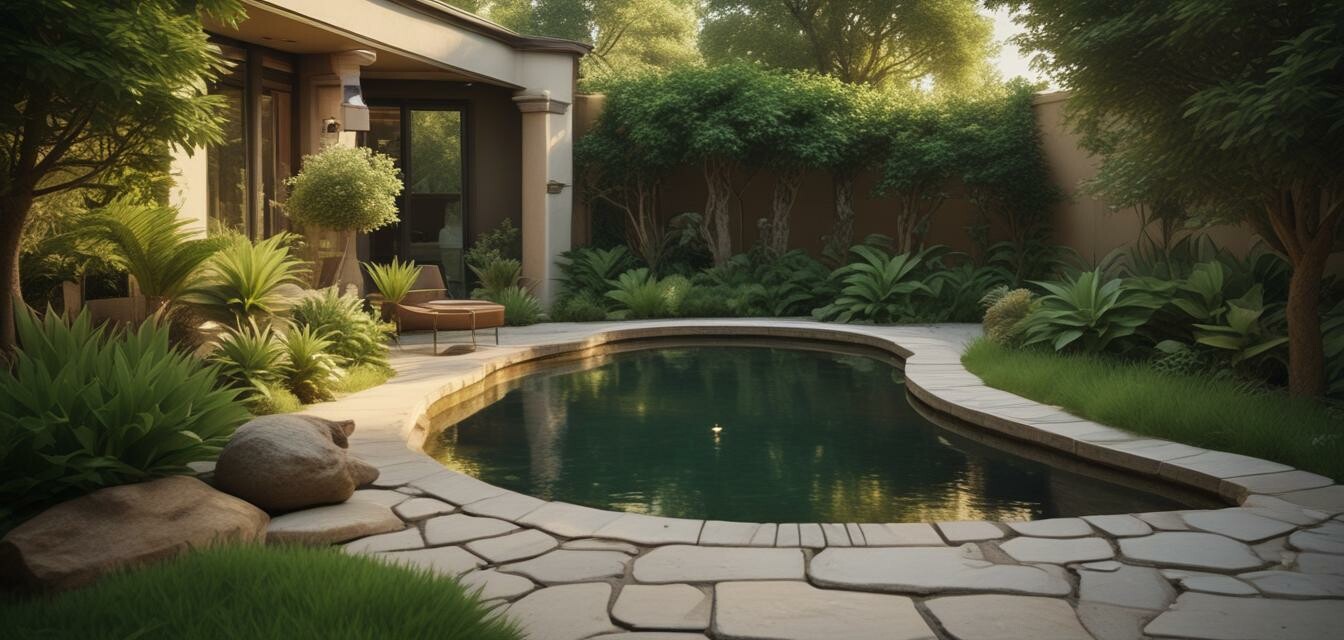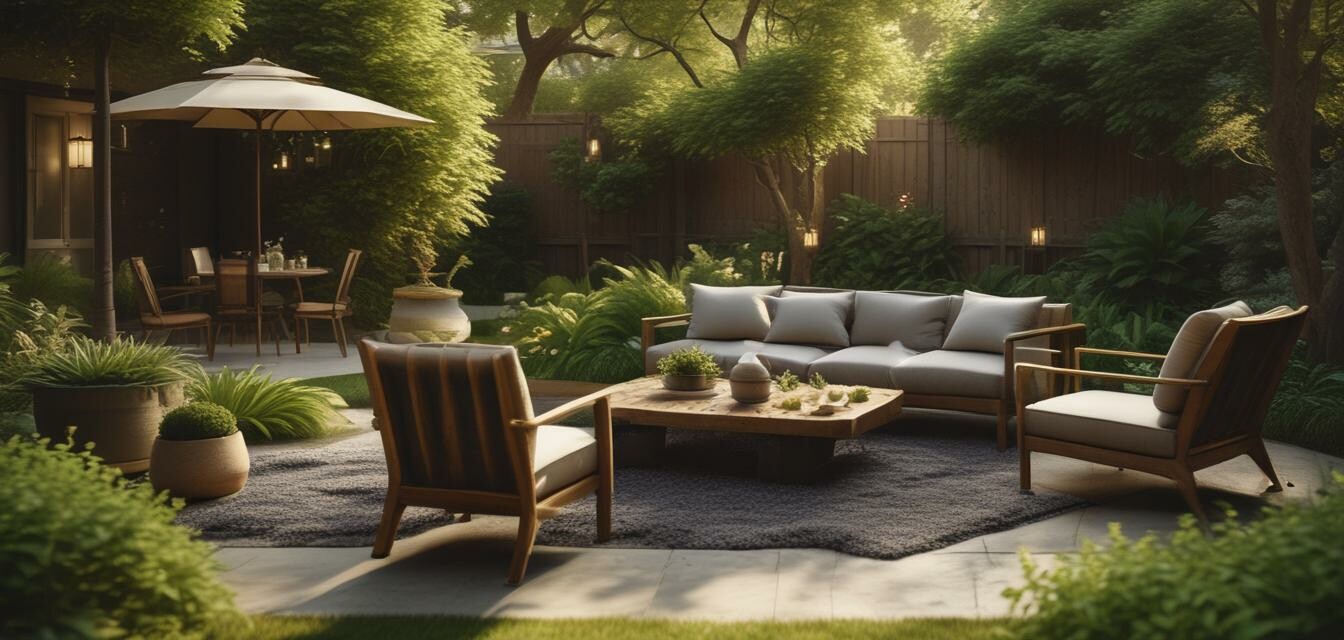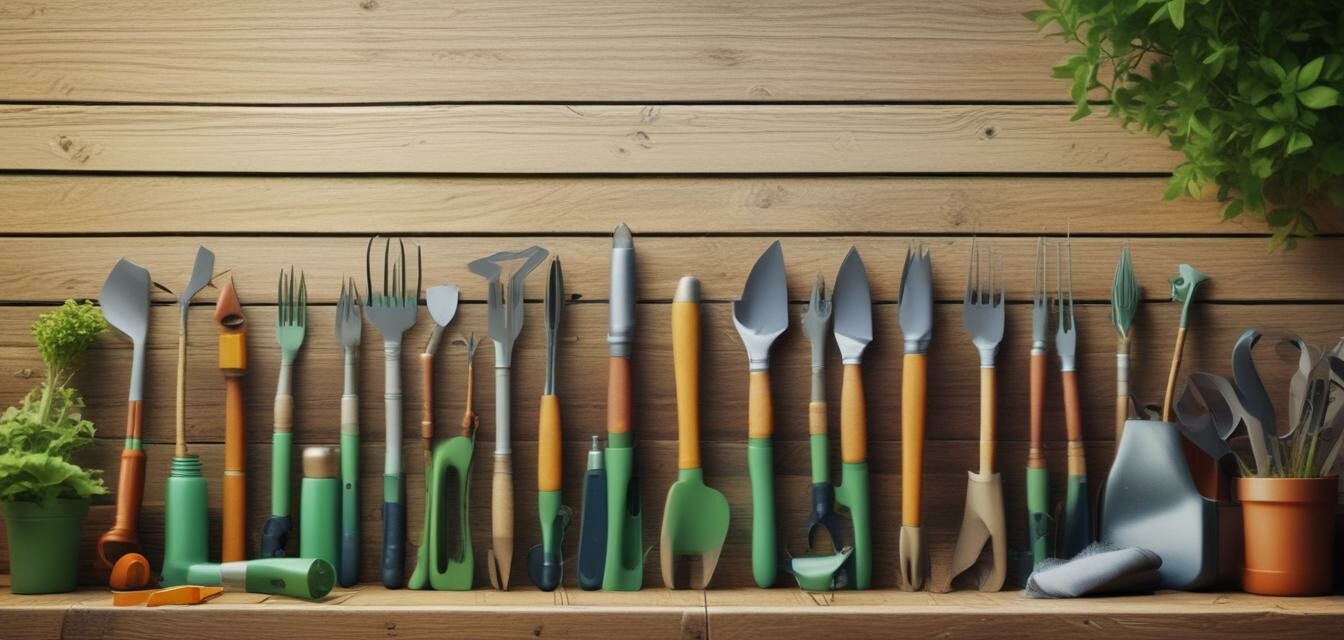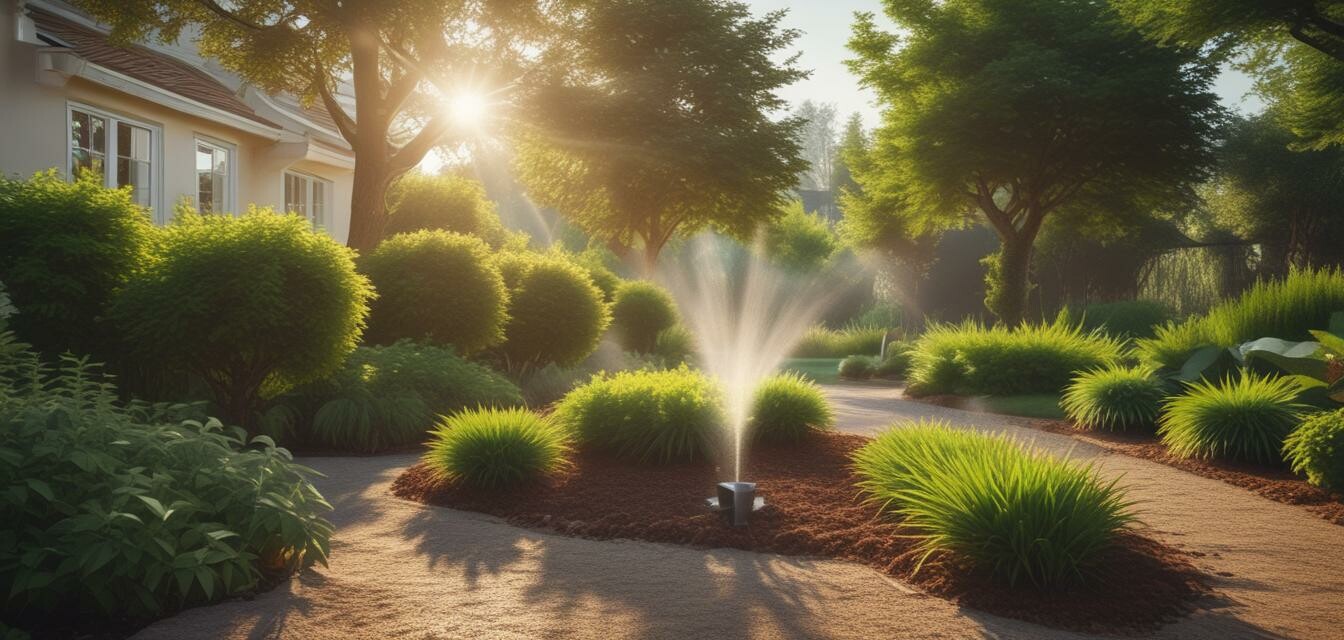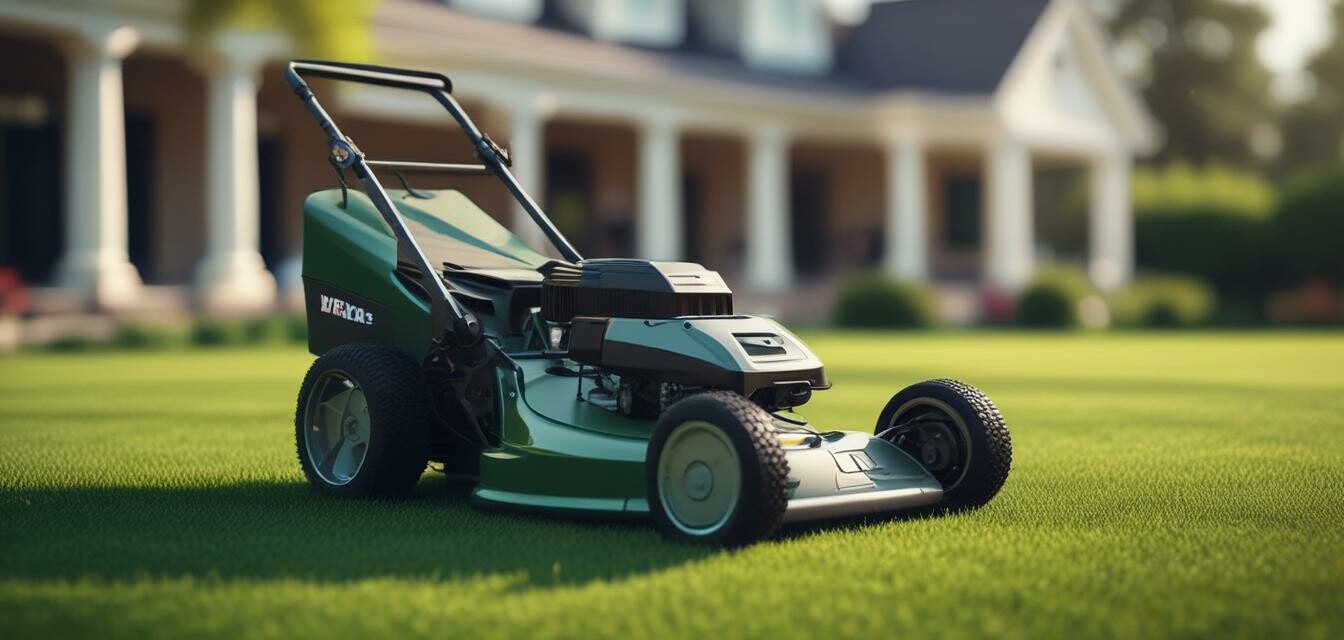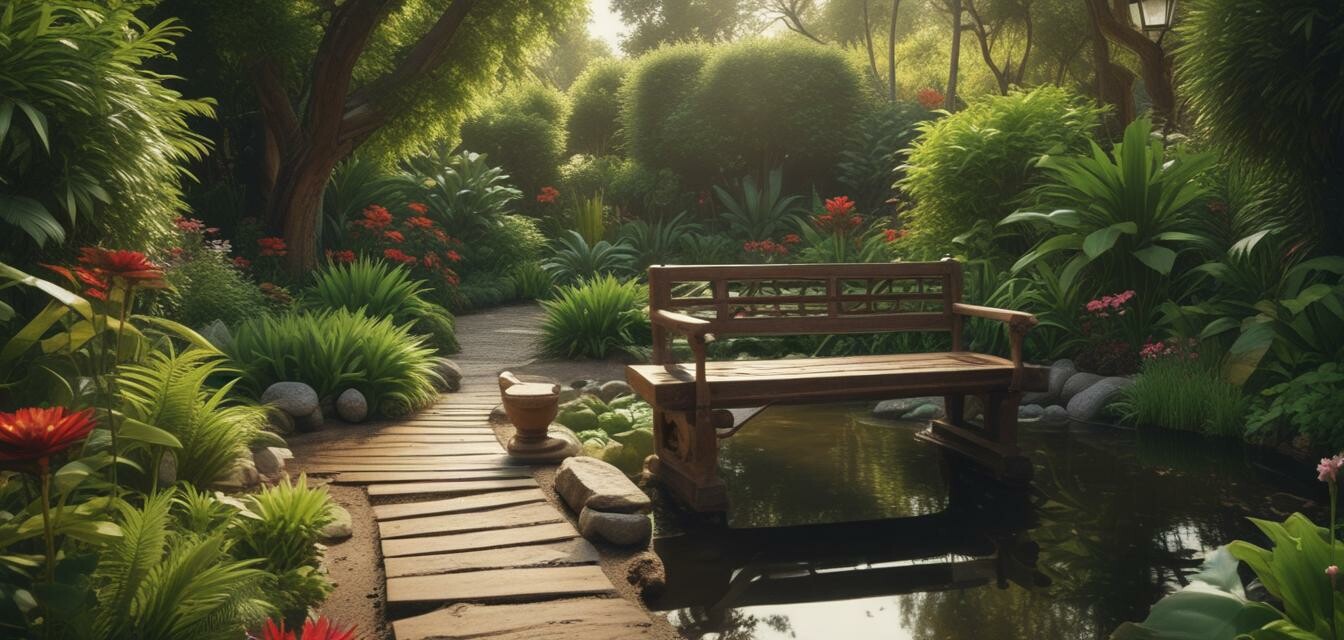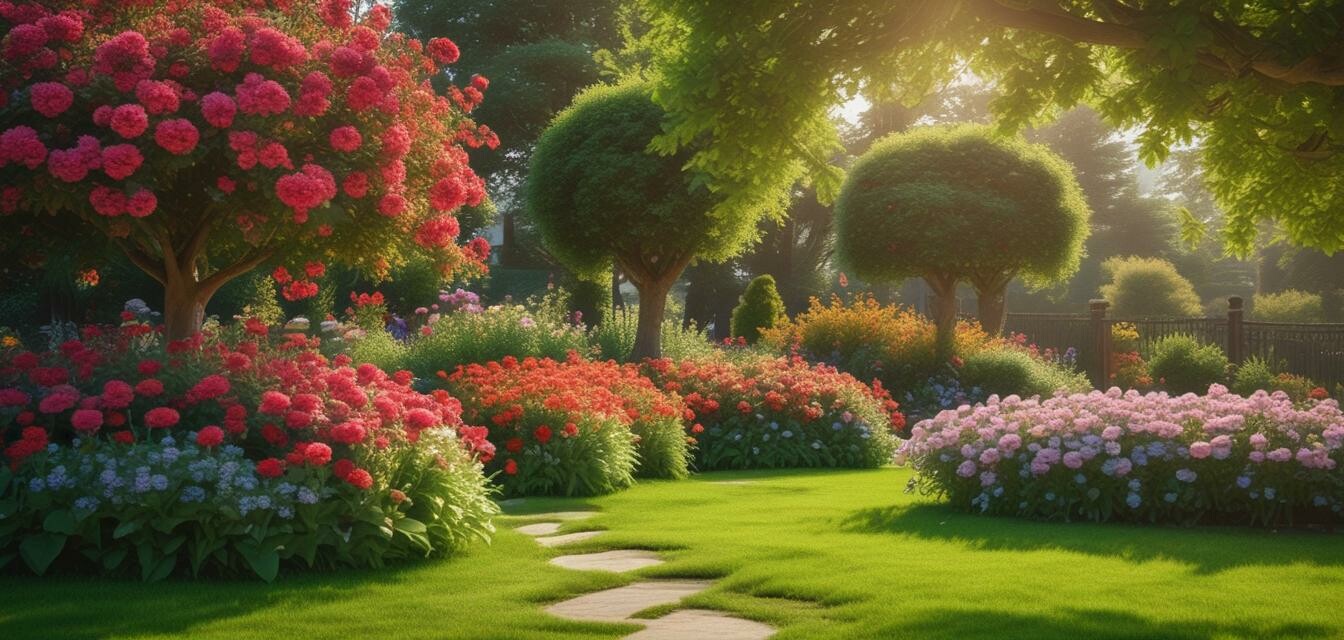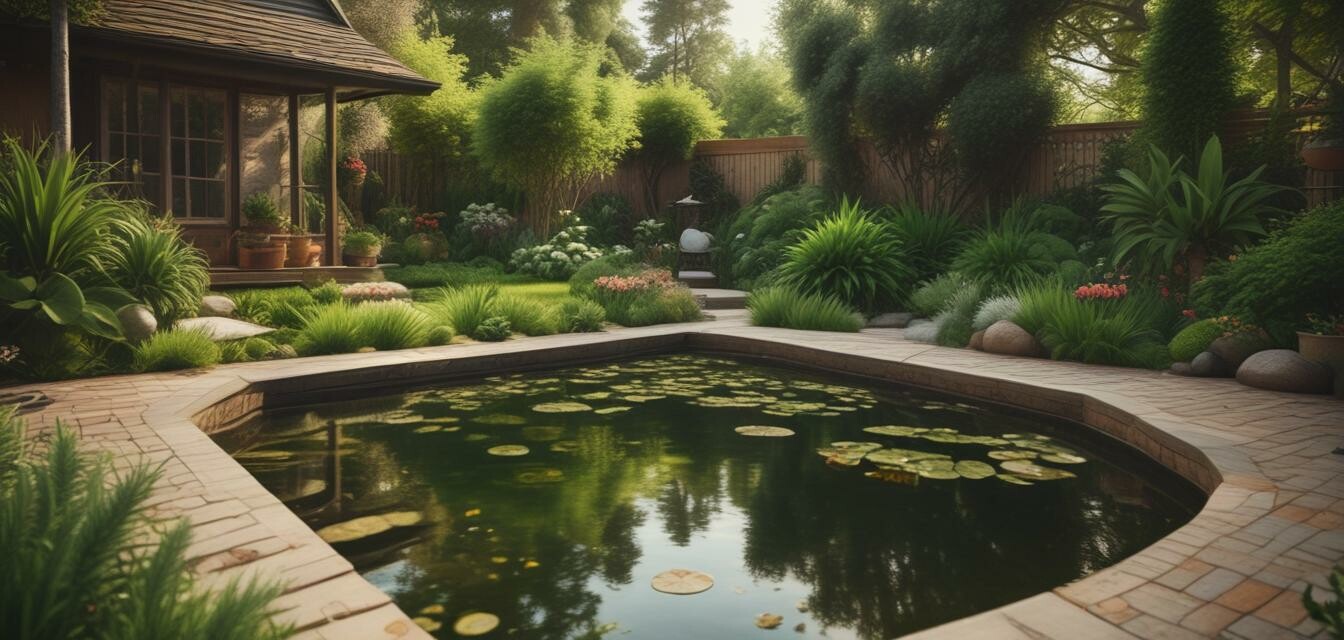
Sustainable Garden Design
Key Takeaways
- Sustainable garden design focuses on eco-friendly practices and materials.
- Diverse plant selection enhances biodiversity and reduces pests.
- Incorporating native plants promotes local wildlife habitat.
- Utilizing rainwater harvesting can reduce water usage significantly.
- Soil health is essential for a sustainable ecosystem.
Sustainable garden design is an essential aspect of modern landscaping, aiming to promote eco-friendly practices and reduce environmental impact. In this article, we will delve into the principles, techniques, and benefits of sustainable garden design, ensuring you have all the necessary tools to create a beautiful and environmentally friendly outdoor space.
Understanding Sustainable Garden Design
Sustainable garden design involves the integration of ecological principles into garden planning and planting. This approach not only improves the aesthetics of your yard but also fosters a healthier environment. Here are some fundamental concepts:
- Native plants: Plants that are indigenous to a region flourish in local conditions and require less water and maintenance.
- Biodiversity: A mix of plants encourages a variety of wildlife and pest control.
- Water-wise gardening: Strategies like drip irrigation and rain gardens minimize water waste.
- Soil management: Healthy soil supports robust plant growth, reduces fertilizer use, and promotes carbon sequestration.
Benefits of Sustainable Garden Design
Emphasizing sustainability in your garden design brings various advantages, both for the environment and for your enjoyment:
| Benefit | Description |
|---|---|
| Environmental Health | Supports local ecosystems, enhances air and soil quality. |
| Cost-Effectiveness | Reduces long-term maintenance costs by using low-water plants. |
| Aesthetic Appeal | Creates visually stunning landscapes that can increase property value. |
| Educational Opportunity | Promotes awareness of environmental practices and sustainability. |
Key Elements of Sustainable Garden Design
Creating a sustainable garden involves a careful selection of components. Below are essential elements to consider:
- Soil Health: Test and amend your soil with organic matter to enhance fertility and structure.
- Diverse Planting: Plant a variety of species to create a resilient ecosystem.
- Irrigation Techniques: Opt for efficient watering methods like drip irrigation or rainwater collection.
- Composting: Use kitchen waste and yard debris to create rich compost for soil enrichment.
Design Strategies for a Sustainable Garden
Here are some strategies that can help you implement sustainable design practices in your garden:
- Incorporate eco-friendly fertilizers to nurture your plants without harmful chemicals.
- Utilize innovative irrigation systems that minimize water consumption.
- Choose luxury planters made from sustainable materials.
- Add outdoor lighting solutions that use LED technology to save energy.
- Invest in premium outdoor furniture designed for durability and environmental responsibility.
Creating Your Sustainable Garden
Here are steps to guide you in your sustainable garden design journey:
- Assess your space: Understand the environmental conditions and soil type in your area.
- Research native plants: Choose plants suited for your climate and soil conditions.
- Plan your layout: Design your garden by considering plant height and sunlight requirements.
- Implement water management: Set up systems that promote rainwater harvesting and efficient irrigation.
- Monitor and adapt: Regularly evaluate your garden’s health and make adjustments as needed.
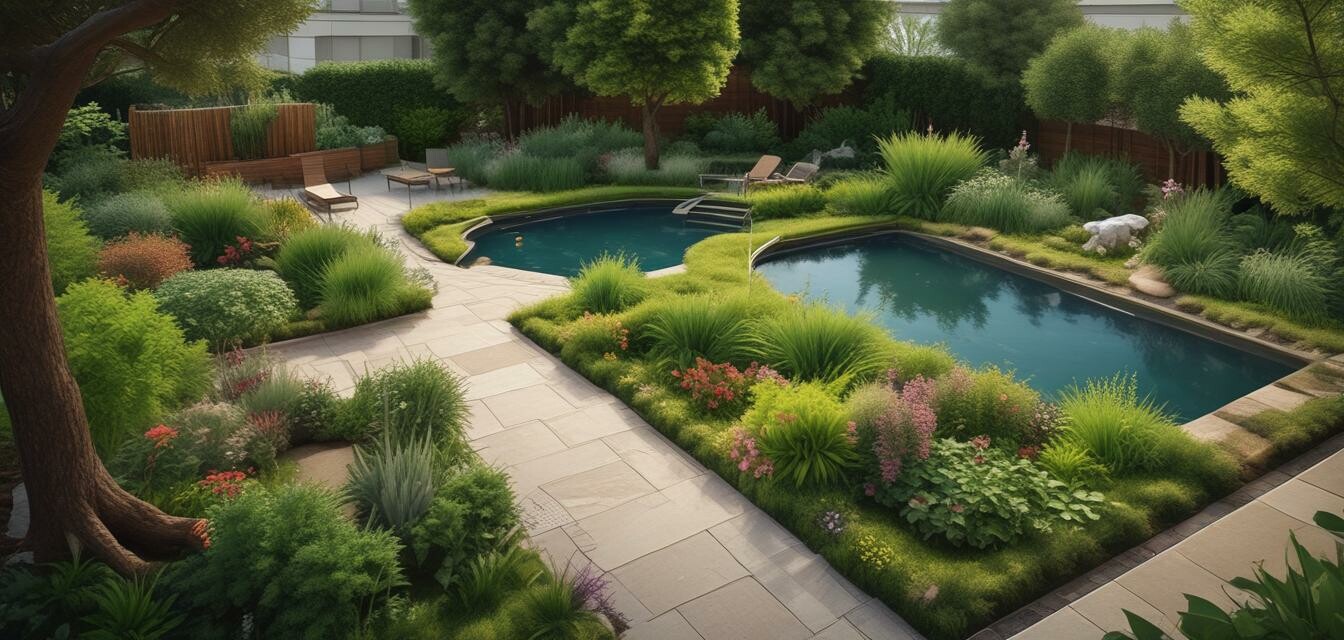
Challenges in Sustainable Garden Design
While sustainable garden design has myriad benefits, there can be challenges:
| Challenge | Solution |
|---|---|
| Limited Resources | Start small and gradually expand with sustainable practices. |
| Complex Assessments | Consult local horticulturalists for specific advice on native plants. |
| Variability in Climate | Choose resilient plants that can tolerate extreme weather changes. |
| Pest Management | Encourage beneficial insects and practice organic pest control methods. |
Pros
- Enhances biodiversity and protects local wildlife.
- Lower water and maintenance costs over time.
- Increases the beauty and value of your property.
Cons
- Initial planning may require more time and effort.
- Specific native plants may take time to establish.
- Potential for higher upfront costs for durable materials.
Conclusion
By embracing sustainable garden design principles, you can create a beautiful, vibrant outdoor space that contributes positively to the environment. As you implement these strategies, remember that every small step counts toward a healthier planet. Start your journey towards a sustainable garden today.
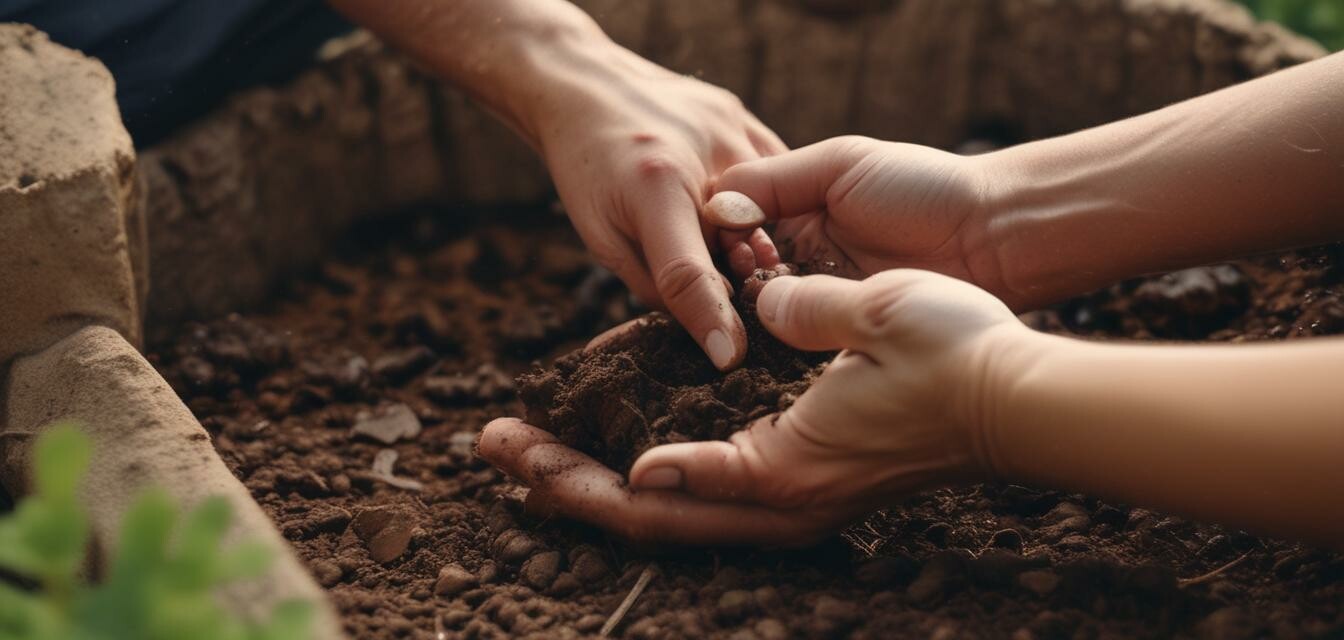
Tips for Beginners
- Start with a small area and gradually expand as you learn.
- Join local gardening clubs to share tips and resources with fellow gardeners.
- Attend workshops on sustainable gardening practices in your area.
- Keep a journal to track your plant growth and successes.
